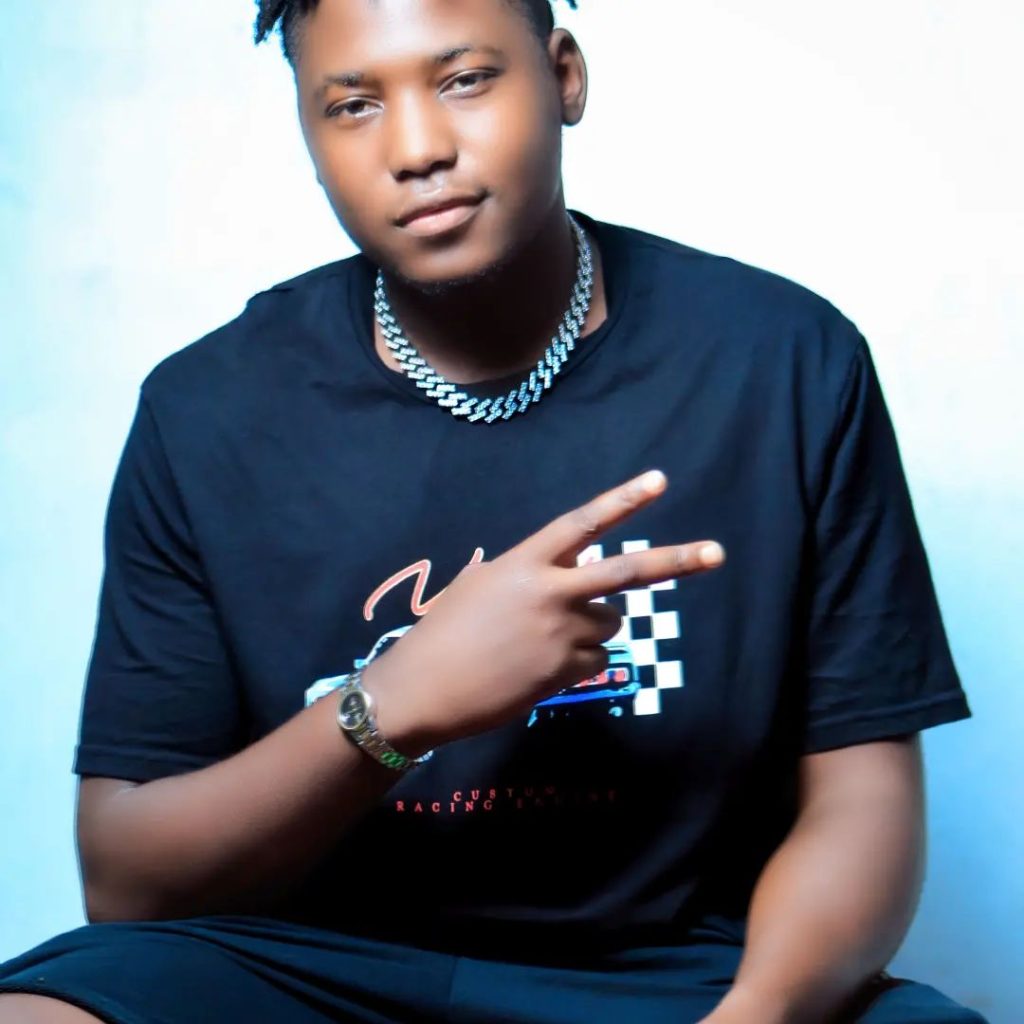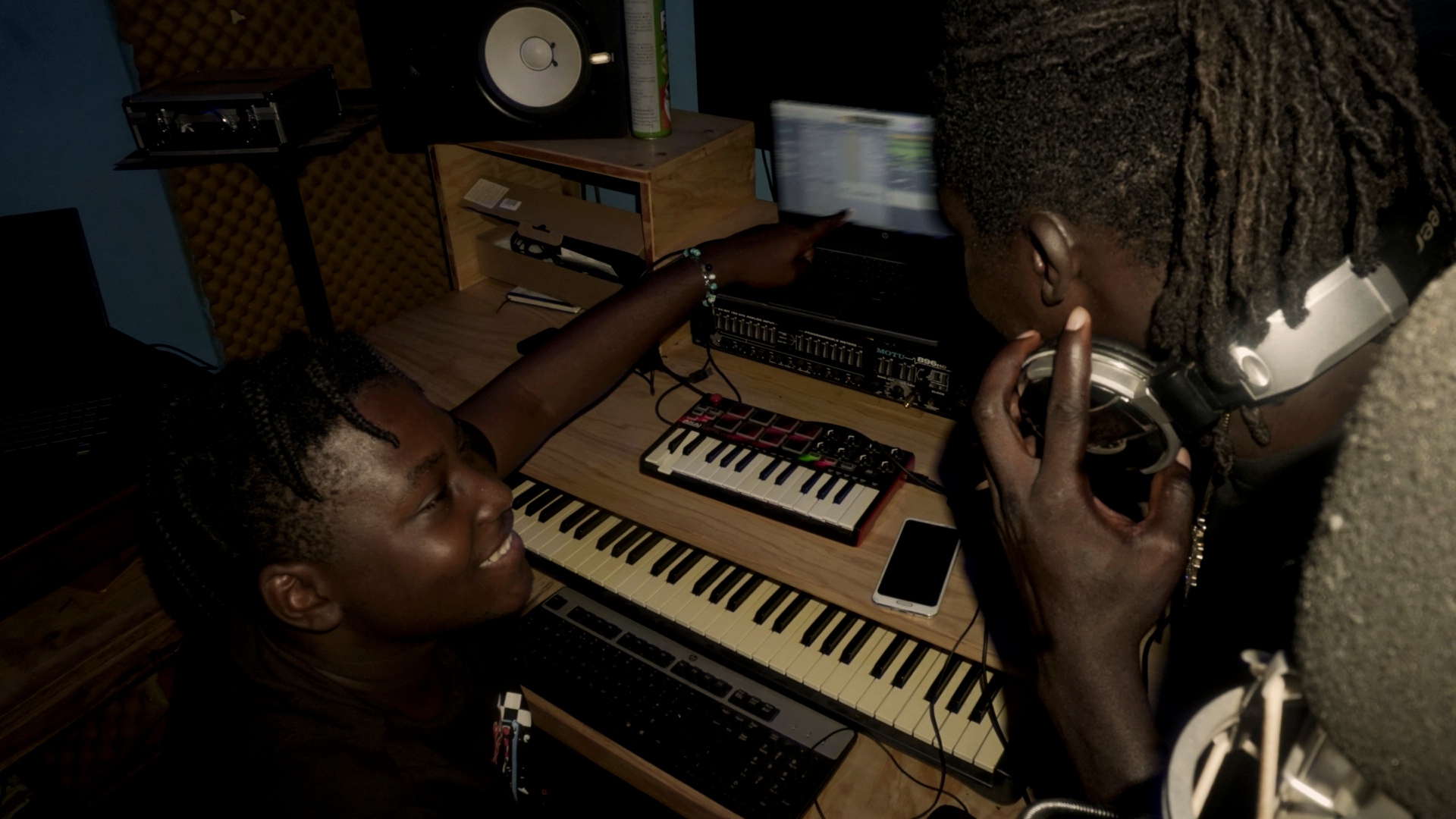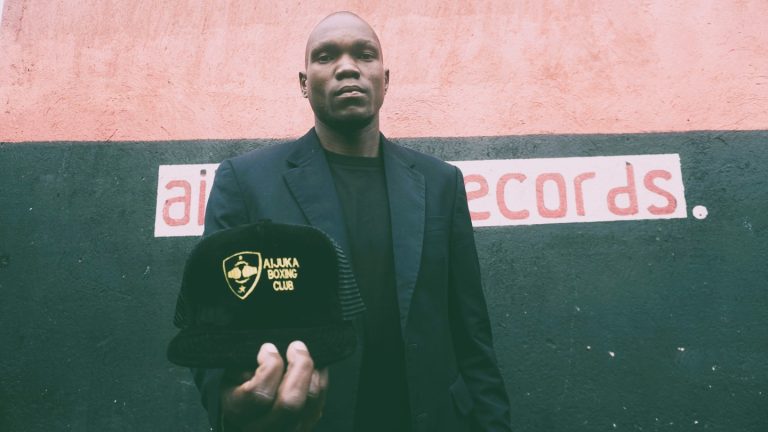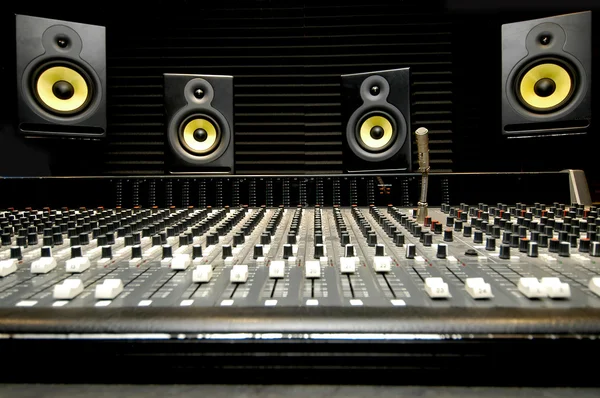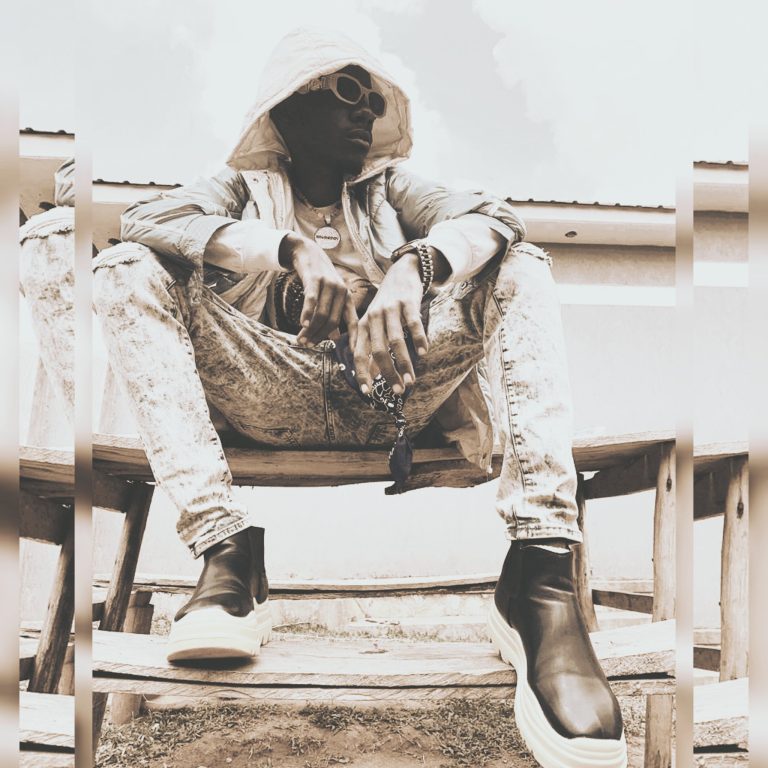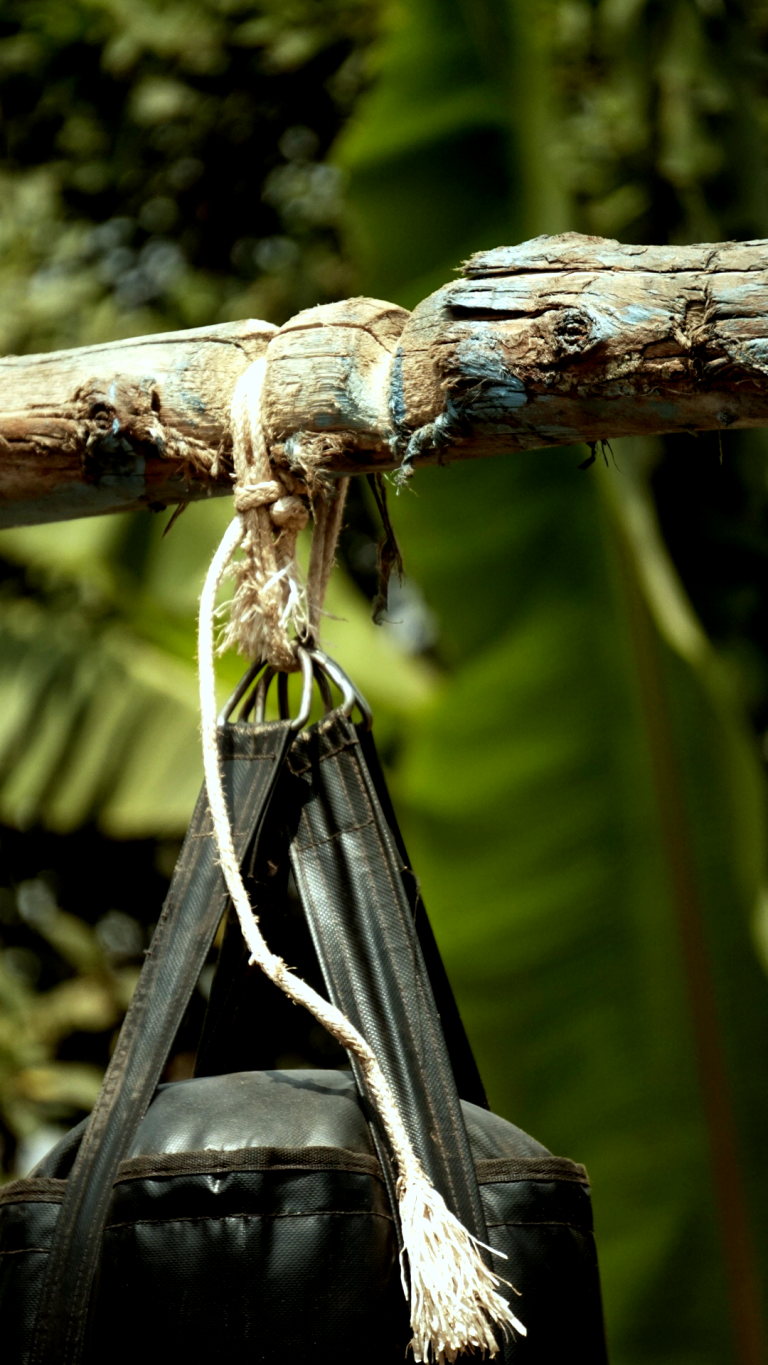The Origin
Tribal percussion is a term that refers to the use of drums and other percussion instruments by indigenous peoples around the world. Tribal percussion is often associated with rituals, ceremonies, celebrations, and expressions of identity and culture. Tribal percussion has a long and rich history that spans across continents and civilizations.
What an area of interest! Though modern times have called for advanced instruments, in them still is embedded the original sounds of percussion classics. Further more, the option of fusing both generations is satsifying and that’s what we are doing here at Aijuka Records.
One of the earliest forms of tribal drumming can be traced back to Native American music in North America. Native Americans accompanied their music, dances, and storytelling with several sorts of drums, including the frame drum, water drum, log drum, and powwow drum. Native American drums were manufactured from animal skins, wood, gourds, clay, or metal. Native American music was affected by their techniques of recounting history, traditional narratives, archaeology, iconography, and languages. Following interaction with Europeans in the 1500s, Native Americans also acquired and adapted several European musical instruments and genres.
Africa was another place where tribal percussion flourished. Africa is home to a varied spectrum of cultures and musical traditions that employ drums and percussion instruments. Many of the most common African drums are the djembe, the dunun, the ngoma, the talking drum, the udu, and the kalimba. African drums were made from animal skins, wood, clay, metal, or gourds. African music was influenced by their religions, languages, social structures, and environmental factors. African music also influenced many other musical genres around the world, such as jazz, blues, rock, reggae, hip hop, and salsa.
In the southern regions of Africa, drumming was influenced by the diverse mix of African cultures and religions, leading to the development of unique and intricate rhythms. The development of drumming styles and traditions in Africa can also be seen in the emergence of different types of drums .
Tribal percussion can also be found in other parts of the world, such as Asia, Australia, Oceania, and South America. Each region has its own distinctive musical instruments and styles that reflect their history and culture. For example, in Asia, some of the tribal percussion instruments include the tabla, the gong, the cymbal, the tambourine, and the dholak. In Australia and Oceania, some of the tribal percussion instruments include the didgeridoo, the slit drum, the bullroarer, and the clapstick. In South America, some of the tribal percussion instruments include the cajon, the maraca, the guiro, and the bombo.
Tribal percussion is a fascinating and diverse musical phenomenon that showcases the creativity and diversity of human cultures. Tribal percussion is not only a form of entertainment but also a way of connecting to the gods, communicating with the spirits, celebrating life events, expressing emotions, and preserving cultural heritage.
Some of the famous tribal percussionists from Africa are:
Guem: A master of African percussion who was born in Algeria and moved to France in 1957. He is known for his virtuosic solo performances on various drums and his collaborations with jazz and world music artists .
Bickram Ghosh: A versatile percussionist who was born in India and grew up in Senegal. He is proficient in playing tabla, djembe, darbuka, cajon, kanjira, udu, ghatam, and other instruments. He has worked with Ravi Shankar, George Harrison, Anoushka Shankar, Zakir Hussain, and many others .
Amampondo: A South African percussion ensemble that was founded by Dizu Plaatjies in 1978. They play a variety of traditional and contemporary instruments such as marimbas, drums, flutes, horns, whistles, and bells. They have performed at international festivals and collaborated with artists like Peter Gabriel, Johnny Clegg, Airto Moreira, and Miriam Makeba .
